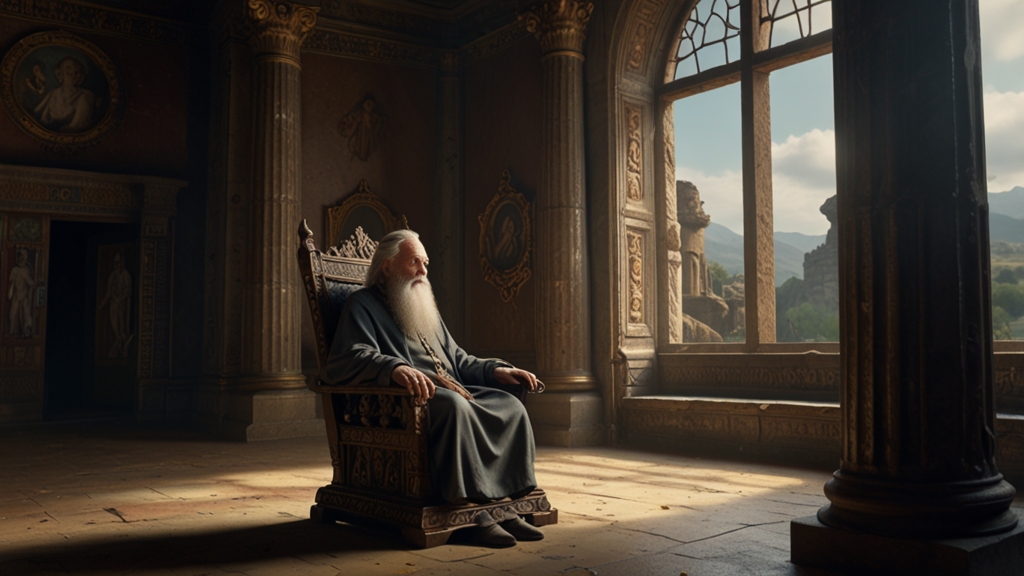Ancient Riddles That Stand the Test of Time
Riddles have fascinated humanity for millennia, serving as both amusement and mind-sharpening exercises. Many ancient riddles have transcended time, retaining their intrigue and challenging even modern audiences. These enigmatic questions were often part of larger cultural tapestries, used in mythologies, literature, and sometimes even as gatekeepers to secrets and treasures. Let's delve into some of the most famous ancient riddles that have stood the test of time.
The Riddle of the Sphinx
Arguably the most famous riddle from antiquity, the Riddle of the Sphinx originated in Greek mythology. The Sphinx, a creature with the body of a lion and the head of a woman, posed her riddle to travelers on the road to Thebes: "What walks on four feet in the morning, two in the afternoon, and three at night?" Those who could not answer were said to meet a tragic end.
"What walks on four feet in the morning, two in the afternoon, and three at night?"
The answer, as Oedipus famously discovered, is "Man." In the morning of life, a baby crawls on all fours. In the afternoon, the prime of life, an adult walks on two legs. And in the evening of life, an elderly person relies on a cane, thus walking on three legs. This riddle encapsulates the human experience in a poetic and philosophical way, contributing to its lasting power.
The Riddle of Samson
Another classic riddle comes from the ancient Hebrew Bible, specifically from the story of Samson in the Book of Judges. During his wedding feast, Samson posed a riddle to his Philistine guests: "Out of the eater came something to eat, and out of the strong came something sweet."
"Out of the eater came something to eat, and out of the strong came something sweet."
The riddle referred to an incident where Samson had killed a lion, and later discovered that bees had formed a hive in its carcass, producing honey. The answer to the riddle was "a lion and honey," a clever and somewhat obscure reference to his own unique experience. This riddle exemplifies the use of personal and cultural narratives in crafting enigmatic questions.
The Riddle of the Fisherman
Ancient Chinese literature also offers fascinating riddles, such as one found in the Classic of Poetry (Shijing). One popular riddle describes a fisherman and his seemingly paradoxical belongings. The riddle goes: "A fisherman goes to the river with a fishing net but returns with a basket full of water. What is he catching?"
"A fisherman goes to the river with a fishing net but returns with a basket full of water. What is he catching?"
The answer is "fish." The basket, although full of water, symbolizes the fisherman's haul of fresh fish, which would require water to keep them alive. This riddle highlights the importance of symbolic thinking and the way everyday activities can be transformed into perplexing questions.
The Legacy of Ancient Riddles
The enduring appeal of these ancient riddles lies not just in their cleverness but in their ability to invoke deeper reflection. They are more than mere puzzles; they encapsulate cultural wisdom, teach life lessons, and reveal the ingenuity of ancient minds. Riddles like those of the Sphinx, Samson, and the Chinese fisherman continue to be retold and reinterpreted, proving that their mystery and charm are truly timeless.
From Greek mythology to Hebrew scriptures to Chinese poetry, the ancient world offers a treasure trove of riddles that continue to engage and inspire. As we consider these age-old questions, we find ourselves connected across centuries by the shared human love of language, mystery, and the joy of a well-crafted enigma.







